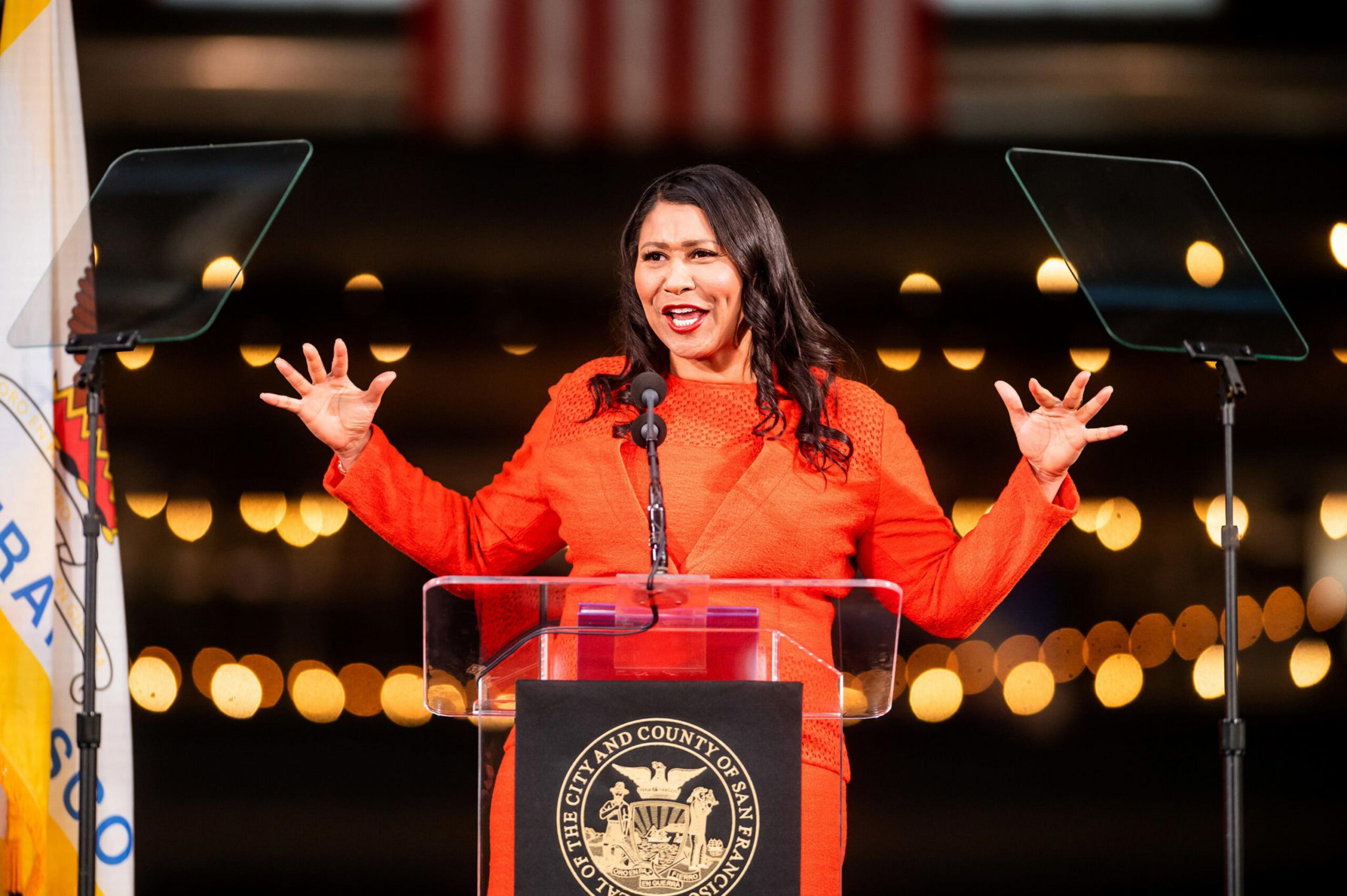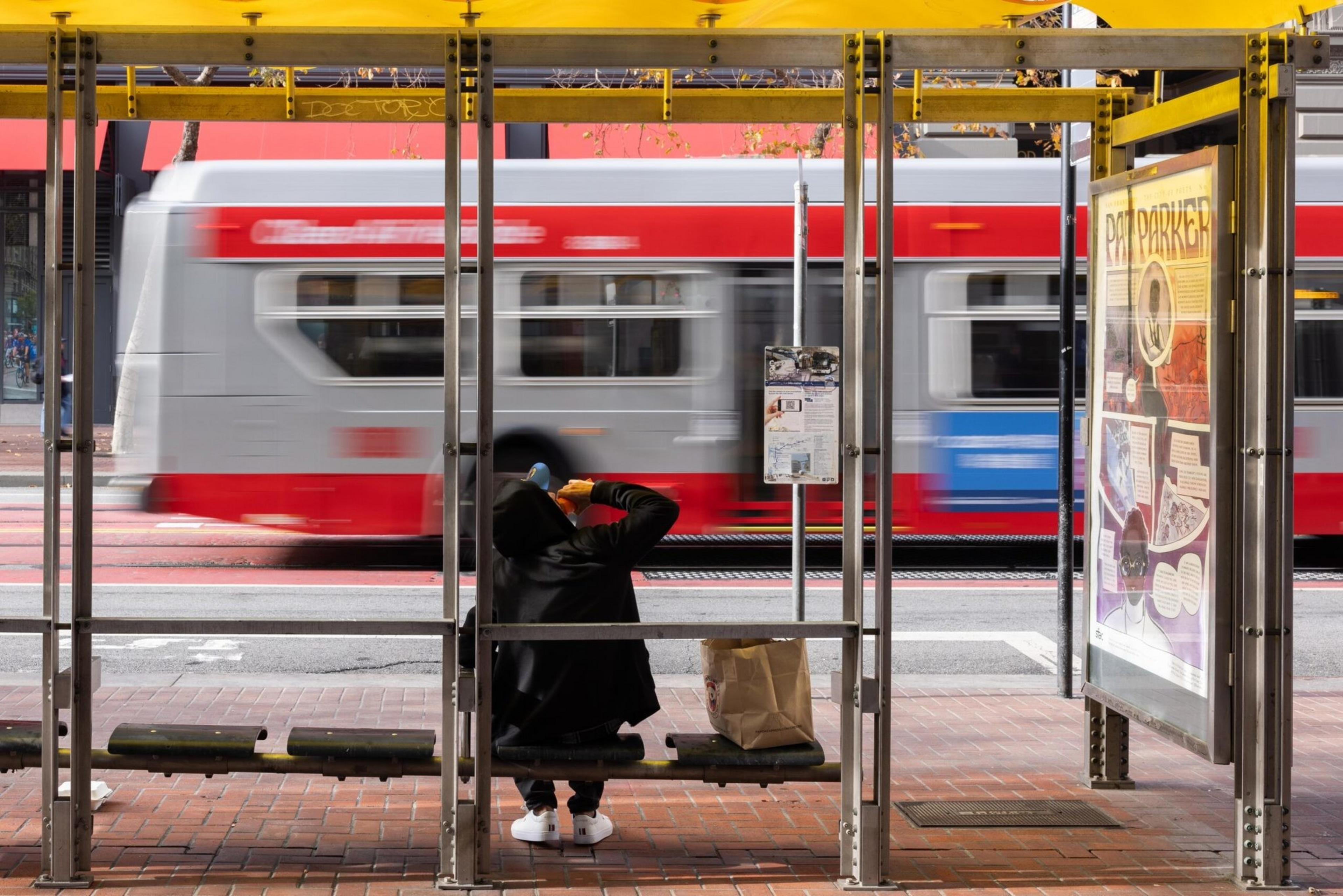Tech workers laid off en masse, Downtown San Francisco emptying out, public outcry against crime—it’s hard to look at the city and not feel residents’ palpable concerns about the hyperbolic “doom loop” battering San Francisco.
Now, the first survey of SF residents since 2019 shows that resident perceptions of the city are at an all-time low. The Controller’s Office has conducted the City Survey since 1996, asking residents how they would rate nine SF services: government, libraries, parks, safety, police, Muni, utilities, streets and, for the first time this year, Covid response.
The results are in, and San Francisco’s grades slipped in nearly every service.
Not a single city service received a score higher than a B+, and only one service—Muni—saw a slight grade increase between 2019 and 2023. Perhaps most tellingly, residents gave the worst marks to four services related to the city’s handling of crime and governance.
The Controller’s Office releases a City Survey every two years, measuring residents’ perception of various city services such as transportation, safety and infrastructure. The most recent survey was published in 2019 (opens in new tab), since the pandemic paused surveying in 2021.
The survey sampled 2,530 residents from October to December 2022. Grades are calculated on a zero to five point scale.
Fear Pervades Perceptions About Crime
At a time when a tragic stabbing has become a national news story, San Francisco residents are increasingly concerned about public safety in the city. Though data shows violent crime remains below pre-pandemic levels, residents’ worries about crime and safety have skyrocketed in turn.
San Franciscans gave city safety a C+, the first time the city received that low of a grade since 1996. Survey analysts say that feelings of safety during day and night have decreased since 2019, and remain well below 2013 levels.

The City Survey reinforces what many of us witnessed this past week in the wake of tech exec Bob Lee’s death: San Franciscans see their city as more unsafe than they did a few years ago—even if the circumstances of a single murder may not match the broader narrative (opens in new tab) that crime data presents.
Nonetheless, public perceptions about safety and crime have proven to be powerful in local elections. These concerns propelled city residents to recall progressive District Attorney Chesa Boudin and helped capture wins for more moderate candidates in November’s supervisor races.
Police also received middling grades, with a C+ score in 2023. Views of the city’s police force differ dramatically among racial and ethnic groups, with the city’s Black and genderqueer residents rating SF police the lowest—two groups that are historically and disproportionately affected by police brutality.
And as law enforcement grapples with a self-described staffing shortage and overtime crisis, residents across SF neighborhoods rate police differently. The Tenderloin, a heavily policed region, gave police the lowest rating—2.7 or C—while more affluent regions along the Marina viewed SFPD more favorably.
READ MORE: Attack on SF Businessman in Marina Reveals Growing Tensions Over Homelessness
Homelessness is also top of mind for residents, and it remains the most frequently cited issue among SF residents. But in a change from 2019, public safety was the second-most important issue raised by residents rising from roughy 20% in the last survey to nearly 40% in 2023.
City Hall and Other Public Services
Compounding concerns about safety and policing sowed unease among city residents, many of whom placed blame on City Hall.
Government services received a grade of C, the lowest in the City Survey’s 27-year history and a score last reached in 2002. These findings mirror that of The Standard’s Fall Voter Poll, which saw nearly two-thirds of respondents voicing disapproval for Mayor London Breed. The Board of Supervisors also performed poorly, with 77% of respondents disapproving of their efforts in November 2022.

Nonetheless, residents largely approved of the city’s handling of the Covid pandemic, with 70% of residents rating its Covid response with a B or higher. San Francisco had some of the state’s lowest per capita case counts and death rates (opens in new tab) throughout the pandemic and boasts a high vaccination rate (opens in new tab).
Though public health-based reviews of the pandemic were generally positive, marks slipped once residents considered the city’s economic response to Covid. Just over half of respondents gave the pandemic economic response an A or B rating, with highest-income residents reporting the lowest scores.
These findings might not be surprising, given the surge of negative press about San Francisco’s sluggish economic recovery. Recent studies found Downtown SF had the worst pandemic recovery (opens in new tab) out of any North American city, and Breed recently cautioned that the region as we once knew it will never be the same again—especially after the mass exodus of high-paid tech workers and companies left a massive hole in the city’s Downtown region and economy.
READ MORE: San Francisco Braces for Epic Commercial Real Estate Crash
San Francisco Is a Different City for Different Groups
One of the key survey findings is that San Francisco is a different city for residents of varying income brackets and identity groups. Lower income groups tended to use key city services more than other groups, rating them higher in turn.
The city’s public transit services faced significant challenges during the pandemic, due to loss in ridership, but came out of the City Survey as the only service with an improved respondent rating of B-, the highest it’s been since 2017. For residents making less than $50,000, nearly 70% report using public transit frequently. By comparison, just 40% of residents making above $200,000 use these services.

Low-income San Franciscans were also most likely to use any of the city’s extensive library services, and also rated them highest. It was a slightly different story for SF’s famous parks, which was most used among high-income, white residents.
But what these findings suggest is that the city’s various public services are of most importance to lower income residents, who rely on libraries and Muni for services wealthier residents can supplement through private means.
